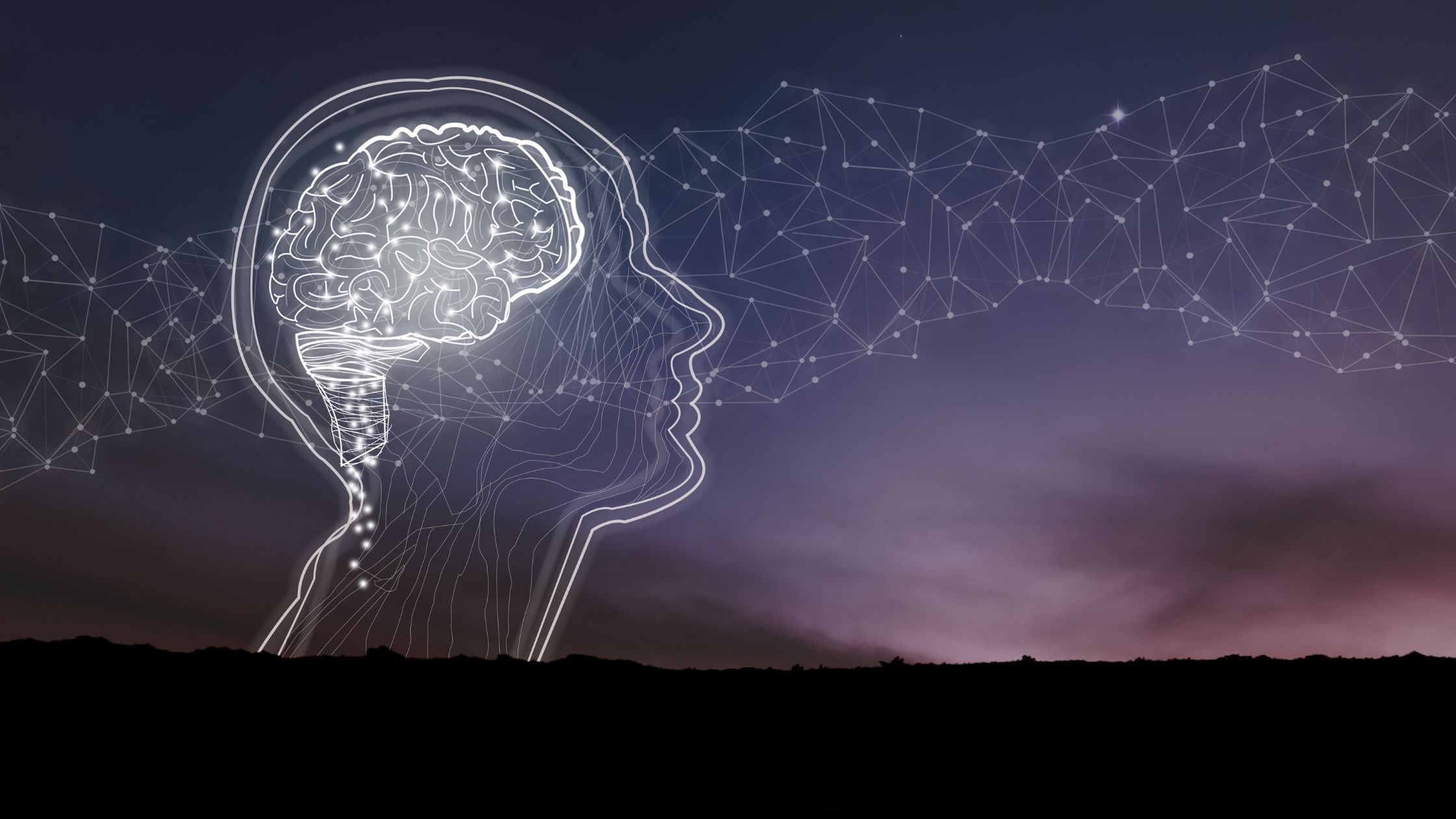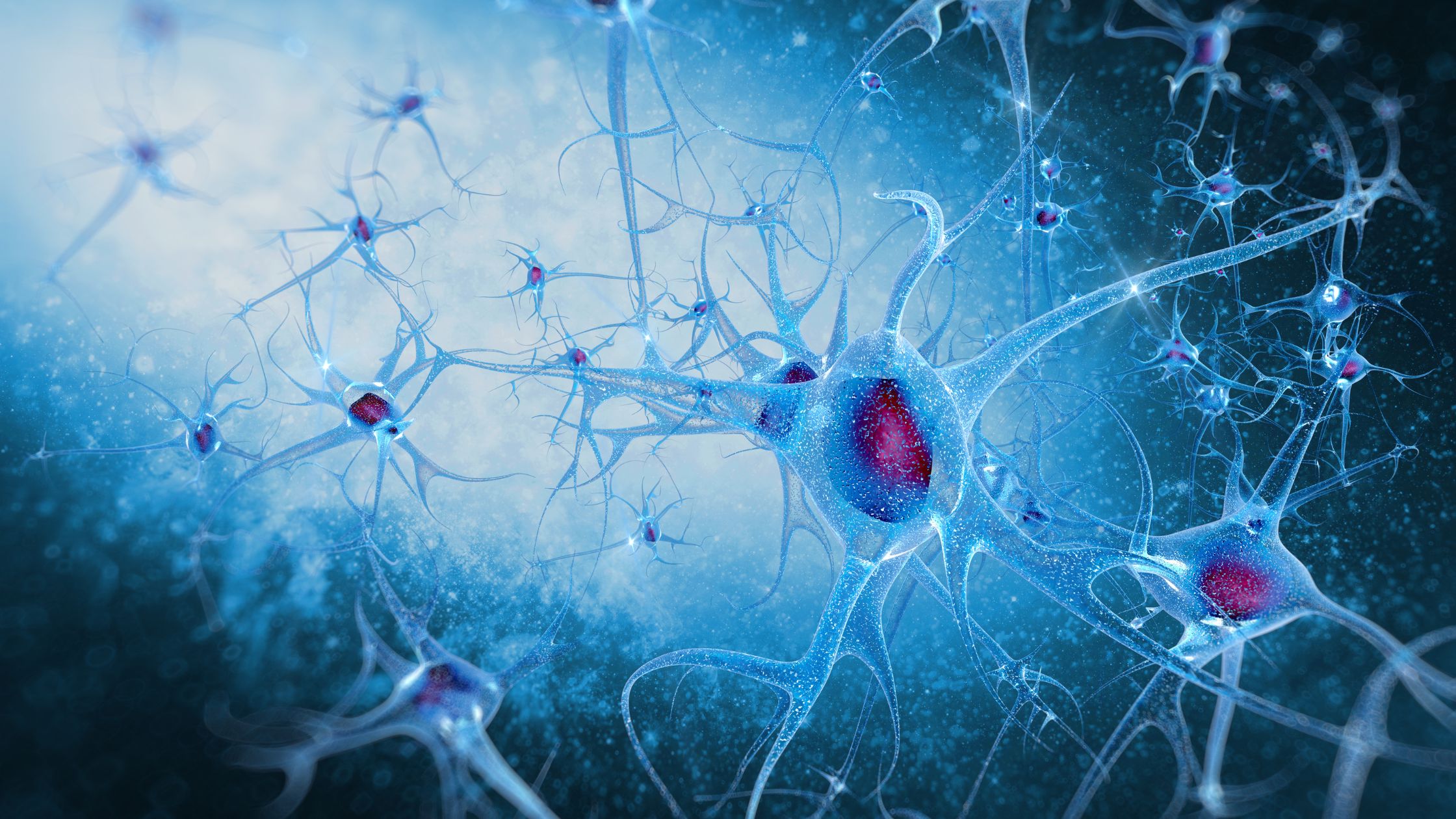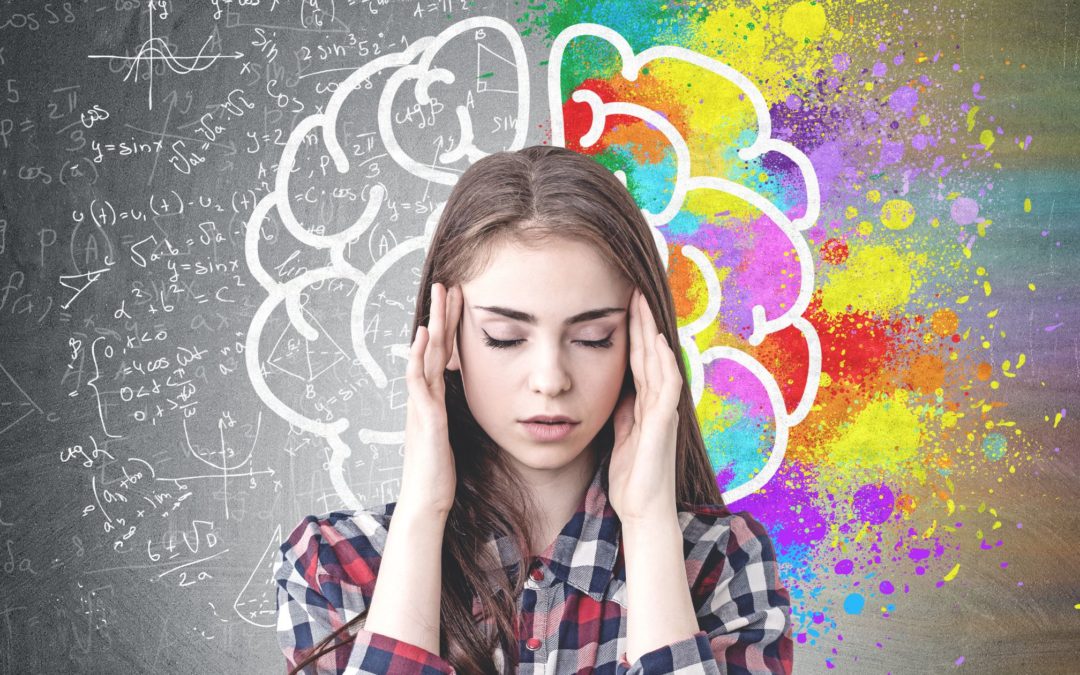The definition of pain is more complex than the average person may think. The international association for the study of pain (IASP) defines pain as
“an unpleasant sensory and emotional experience associated with, or resembling that associated with, actual or potential tissue damage”.
Confusing much?? What does that even mean?? Well the IASP also provided 6 key notes with this definition to help us better understand “pain”
Pain is always a personal experience that is influenced to varying degrees by biological, psychological and social factors.
- This means that even if we were to sustain the exact same injury, how you experience that pain and how I experience that pain can be vastly different.
Pain and nociception are different phenomenon. Pain cannot be inferred solely from the activity in sensory neurons.
- This means that pain is an experience that differs from just our pain receptors (nociceptors) being turned on by either injury/inflammation/damage. The experience of pain is more than that.
Through their life experiences, individuals learn the concept of pain.
- This means that over the course of our lifetime, we learn from shared experiences, culture, and society what “pain” is to us.
A person’s report of an experience as pain should be respected.
- Just because something doesn’t sound all that painful to you, doesn’t mean that the other person doesn’t feel that pain. To them the pain is very real.
Although pain usually serves an adaptive role, it may have adverse effects on function and social and psychological well-being.
- Initially pain served to warn the body of danger as a primitive response (ie ouch take your hand off the stove burner). Now pain is much more than a primitive warning signal, and the presence of persistent pain can effect one’s well-being and overall health.
- Verbal description is only one of several behaviours to express pain; inability to communicate does not negate the possibility that a human or nonhuman animal experiences pain.

Pain is a complex phenomenon to understand, so let’s look at the science:
Many tissues hold the capacity to alert your central nervous system of (potential) danger/threat, and these signals can be interpreted by the brain as pain. These tissues include our skin, muscles, tendons, bones, ligaments, joint surfaces, joint capsules, and nerves. These tissues all contain sensors called nociceptors that respond to noxious stimuli (A stimulus that is damaging or threatens damage to normal tissues) such as heat, cold, chemical and mechanical stimuli. When the nociceptors are activated by a noxious stimulus they then send a message (action potential) via the nervous system to the spinal cord where the messages from the sensory nerve fibers synapse on interneurons in the dorsal horn of the spinal cord which modulate the incoming danger messages. This suggests that not all messages from the nociceptors will trigger pain, there is a control system in our nervous system that determines whether or not the message will be sent from the spinal cord to the brain. This is called “Brain-orchestrated pain modulation”. If the modulator neurons allow the message to cross into the spinal cord and be transmitted to the brain, it will reach the “Pain Neuromatrix” – several areas of the brain that process the incoming signal to determine if the message is considered threatening or not – i.e. will the body feel pain or not.
The brain orchestrates “top down” pain modulating systems that will either facilitate or inhibit the incoming nociceptive messages from our tissues. The brain and brain stem can act as a control brake, that can signal descending neurons in the dorsal horn of the spinal cord to inhibit the nociceptive signal to move on any further and thus stop the pain from being recognized by the person; or the brain will act as an accelerator, and facilitate the signal to move up into the brain and be processed by the rest of the pain neuromatrix in the brain.

The Pain Neuromatrix
“All pain is in the brain” The brain produces pain by activating a number of regions all of which have different roles in interpreting the sensation of pain.
The thalamus is the moderator and director, receiving input from the spinal cord and sending signals to other areas of the brain. It also acts to control whether or not to amp up or shut down the pain signals. It works in conjunction with other parts of the brain stem to do this.
The Somatosensory Cortex is the area of the brain responsible for identifying the location of pain in the body (i.e. if you step on a rock, it tells you your foot hurts, not your stomach).
The prefrontal cortex is the part of the brain that draws your attention to the pain and your expectation/anticipation of the intensity of the pain. This part of the brain also works with the other memory centers of the brain forming a “pain memory circuit”. These memory areas of the brain include the amygdala, insula and anterior cingulate cortex. These regions deal with the emotional aspect of pain, negative associations, and fear memories related to pain and they often play a role in the development of chronic pain.
Acute Pain vs Chronic Pain & Central Sensitization
Acute pain is the immediate sensation you feel right after an injury. It is informative and protective in the sense of telling you where in the body the pain is located and to stop doing the painful action (i.e. remove hand from hot stove) or to seek treatment. This pain usually subsides shortly after
Secondary pain is what you may feel a short time after the injury, the dull ache, that tells you to rest and protect your injury while it is healing.
Central Sensitization is an amplification of neural signalling within the central nervous system that elicits pain hypersensitivity

For people who have centrally sensitized pain, there is increased activity of the pain facilitating pathways, and decreased function of the descending pain inhibiting pathways in both the brain and the spinal cord. The pain neuromatrix is thought to be overactive in the brain regions involved with
the acute pain sensation, and emotional evaluation of pain and pain memory. In addition these people will often have decreased inhibitory neurons and overactive neural synapses which amp up the pain signals to be propagated.
Central sensitization is often characterized by disproportionate pain meaning that the pain intensity and perceived disability due to the pain is disproportionate to the nature and extent of the injury and/or pathology. Often people will report a widespread area of pain or travelling pain that may be unrelated to the original source of nociception/pain.
The presence of central sensitization implies that the brain is producing pain, fatigue and other “warning signs” in the body even when there is no “real” tissue damage or nociception.
So what can we do about this chronic central sensitization pain?
- Talk to your physiotherapist about pain neuroscience
The goal of pain neuroscience education is to change our beliefs about pain and reconceptualize pain. We start by understanding that pain is not always due to actual tissue damage but an overactive central nervous system
- Pair your new pain neuroscience education with hands on physiotherapy
Joint mobilizations, massage and other hands on manual therapies can help decondition, desensitize the peripheral tissues and thus the threat of pain can be decreased
- Exercise!
Exercise is truly the best medicine. Land based aerobic exercise, aquatic exercise and resistance training programs have all been shown to be beneficial in reducing pain, tenderness and increasing function in people with chronic centrally sensitized pain syndromes such as fibromyalgia, IBS, chronic fatigue, migraines etc.
- Stress Management
Outside of physiotherapy, referral to specialists who treat with cognitive behavioural therapies is another way to address and combat central sensitivity.
References:
Nijs J, De Kooning M, Beckwee D, Vaes P. The neurophysiology of pain and pain modulation: modern pain neuroscience for musculoskeletal physiotherapists. In: Jull G, Moore A, Falla D, Lewis J, McCarthy C, Sterling M, editors. Grieve’s Modern Musculoskeletal Physiotherapy. 4th ed. Elsevier; 2015. p. 8-16.
Clifford J. Woolf. Central Sensitisation: Implications for the diagnosis and treatment of pain. Pain. 2011;152(3):S2-15.
Lluch Girbés E, Meeus M, Baert I, Nijs J. Balancing “hands-on” with “hands-off” physical therapy interventions for the treatment of central sensitization pain in osteoarthritis. Man Ther. 2015;20(2):349–52.
Nijs J, Meeus M, Van Oosterwijck J, Roussel N, De Kooning M, Ickmans K, et al. Treatment of central sensitization in patients with ‘unexplained’ chronic pain: what options do we have? Expert Opin Pharmacother. 2011;12(7):1087–98

